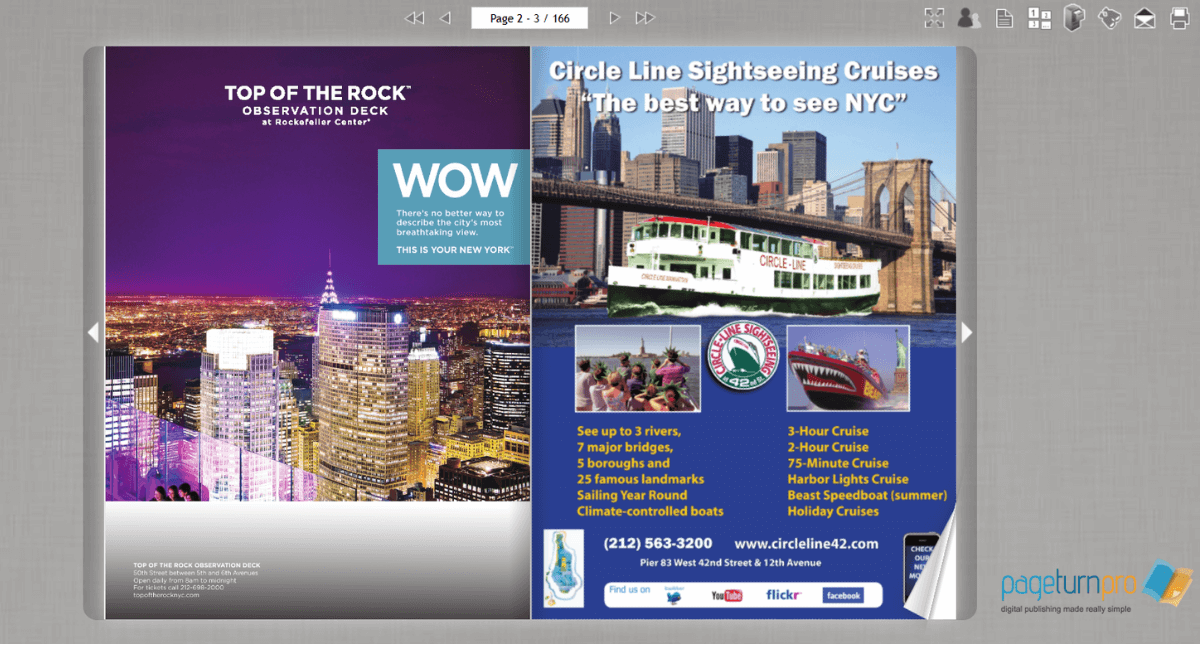The print might have had its day in the magazine industry, but the digital publications have established their niche in the media industry. Although the skeptics initially cast their doubt over the issue on whether the digital magazines would be able to simulate the feel of flipping through the glossy pages, the figures speak otherwise. Online magazines have not merely survived but they have flourished. It is not only a change of convenience or cost saving. Digital magazines have the advantage that the print versions do not have: the interactive, multimedia experience that constantly translates with the preferences of the readers and with technological changes and developments. A digital magazine platform can help you make digital magazines.
5 Reasons to Invest in a Digital Magazine Platform
1. The Engagement of the Digital Magazines is unmatched
The contemporary reader is not satisfied with fixed text and pictures. Online magazines are able to incorporate videos, interactive infographics as well as links that can be clicked creating an interactive experience rather than passive one. Readers are able to view product demonstrations in a fashion spread, audio tapes in music reviews, or 360-degree photos of travel locations.
Such multimedia presentation strategy makes readers stay on the page more and forms closer links with the content. The publishers are able to know the articles that attract the most attention, the links that are visited and how much time the readers spend on each part. This information can act as content strategy in a fashion never available to print publications.
2. Real-Time Relevance and Instant Updates
Breaking news does not have monthly print requirements. Digital magazines have the capability of updating information on real time basis and this means that the readers would have the latest information at all times. Political magazines are able to report on the election results as they occur, technology magazines are able to report on product releases as they emerge and lifestyle magazines are able to update seasonal information without necessarily having to wait until the next print run.
This immediacy adds value to the digital magazines to the readers and the advertisers. The brands are able to rephrase their message according to current events and publishers can use the most popular ideas when they are the most topical.
3. Economical Distribution Comes to the Worldwide Audiences
The traditional magazines have faced the challenge of printing and shipping that has been costing them decades. The price of the paper changes, the cost of shipping rises and the costs of distribution globally are high. These barriers are completely removed in digital magazines.
Readers will also be reached by the publishers in any part of the globe without any extra distribution expenses. Even a small standalone magazine is capable of developing an international following as easily as a large publishing house. Such democratization of publishing has resulted in the ability to have greater variety of voices and niche content that could otherwise have never been given a chance to be heard by the print media.
4. Consumer Choices are Motivated by the Environmental Benefits
The issue of sustainability has been affecting purchasing decisions in any industry and publishing is not an exemption. Digital magazines do not need paper, ink and physical transportation and this considerably reduces their ecological footprint.
It is the preference of many consumers to use digital alternatives and follow their environmental principles. Publishers that adopt digital platforms can attract environmentally conscious readers at the same time minimizing their own operational effect on the environment.
5. Personalization Produces Individualized Reading
Digital magazines are able to tailor the content according to the reader behavior and tastes. The algorithms are able to recommend other articles like already read ones, emphasize on areas of interest to the user, or even tailor the reading experience to each user.
This sort of individuality could not have been achieved under the print magazines where all the readers got the same content no matter their individual interests and reading patterns.
Conclusion
Technology is ever improving and the digital magazines are changing in line with these changes. Machine learning and voice recognition will make the digital reading experience even more advanced with augmented reality elements and content recommendations made by AI.
Although there will be readers who will never underestimate the physical experience of the print media, the digital magazines have shown that it has distinct benefits unmatched by the traditional media. They are more entertaining, more timely, more convenient and more ecological.
It is not whether digital magazines will survive but how they can keep on innovating to suit the evolving expectations of the readers. Publisher that adopt a digital magazine platform stand a chance of being successful in the long run in the world that is becoming more and more connected.
A fine magazine platform that you can try for free for 15 days is PageTurnPro digital magazine platform.

